The Great Wall of China: A Journey Through Time and History
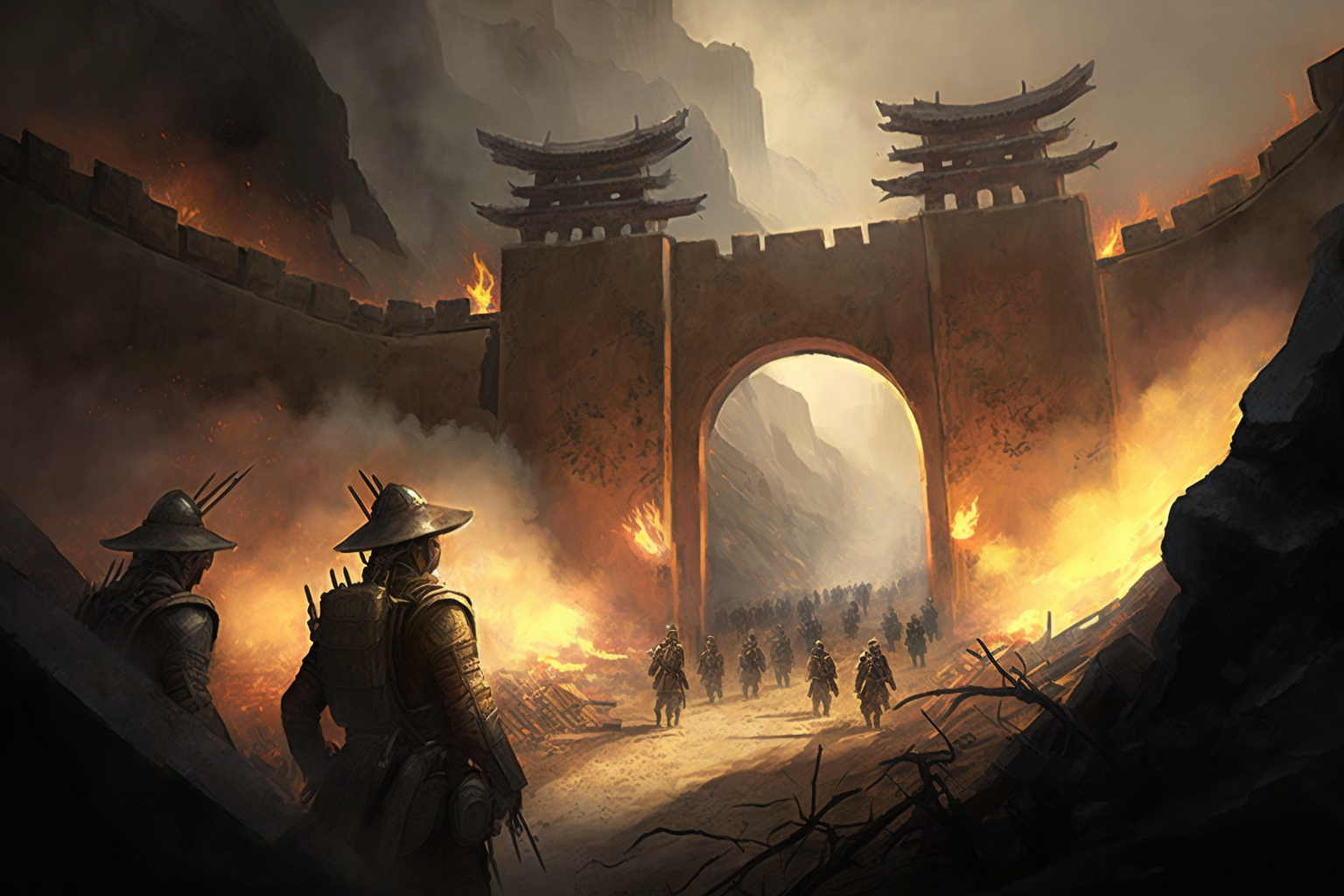
The Great Wall of China is one of the most iconic structures in the world and a testament to the ingenuity of ancient civilizations. It is a series of fortifications made of brick, tamped earth, stone, and other materials, stretching over 13,000 miles through northern China. The Great Wall was built to protect the Chinese Empire from invading armies and is considered one of the Seven Wonders of the World. In this post, we'll take a closer look at the history of the Great Wall of China, exploring its origins, construction, and significance.
Watch on YouTube:
The History:
The first sections of the Great Wall were built during the 7th century BC, but it was during the Ming Dynasty (1368-1644) that the wall was extensively rebuilt and expanded. The Ming dynasty was a time of great expansion in China, and the ruling emperor, Zhu Di, believed that a strong military presence was necessary to protect the empire from northern invaders. Over a period of 200 years, hundreds of thousands of workers constructed the wall, using a variety of materials including brick, tamped earth, and stone. The Great Wall was designed with watchtowers, fortifications, and barracks to house soldiers and defend against invaders.
Construction and Significance:
The construction of the Great Wall was a massive undertaking, requiring the labor of hundreds of thousands of workers. The work was grueling, and many workers died during the construction process. Despite the challenges, the Great Wall was considered a symbol of Chinese power and strength, and it was a source of pride for the Chinese people. Today, the Great Wall is considered one of the Seven Wonders of the World and is a popular tourist destination.
Fun Facts:
- The Great Wall of China is not visible from space with the naked eye, contrary to popular belief. However, it is visible from low Earth orbit, and astronauts have taken photos of the wall from space.
- The Great Wall is not a single continuous wall, but rather a series of fortifications that were built and expanded over time.
- Some sections of the Great Wall were built over difficult terrain, such as mountains and deserts, making construction even more challenging.
- The wall was not just a barrier against invaders, but also served as a trade route and transportation system for goods and people.
- The Great Wall was once used as a place of punishment, as criminals and political prisoners were sent to work on the wall as a form of sentence.
- In the early 20th century, sections of the Great Wall were dismantled and used as building materials for nearby villages and towns.
- In recent years, efforts have been made to preserve and restore the Great Wall, as it is considered a national treasure and an important part of Chinese history.
- The Great Wall is one of the most popular tourist destinations in China, attracting millions of visitors each year.
- The Great Wall is also a UNESCO World Heritage site, recognized for its historical, cultural, and architectural significance.
Summary:
The Great Wall of China is a remarkable structure that stands as a testament to the ingenuity of ancient civilizations. Its construction was a massive undertaking that required the labor of hundreds of thousands of workers over hundreds of years. Today, the Great Wall is a symbol of Chinese strength and pride, and a popular tourist destination for people from all over the world. Whether you visit it for its historical significance or its architectural beauty, the Great Wall is sure to leave a lasting impression.


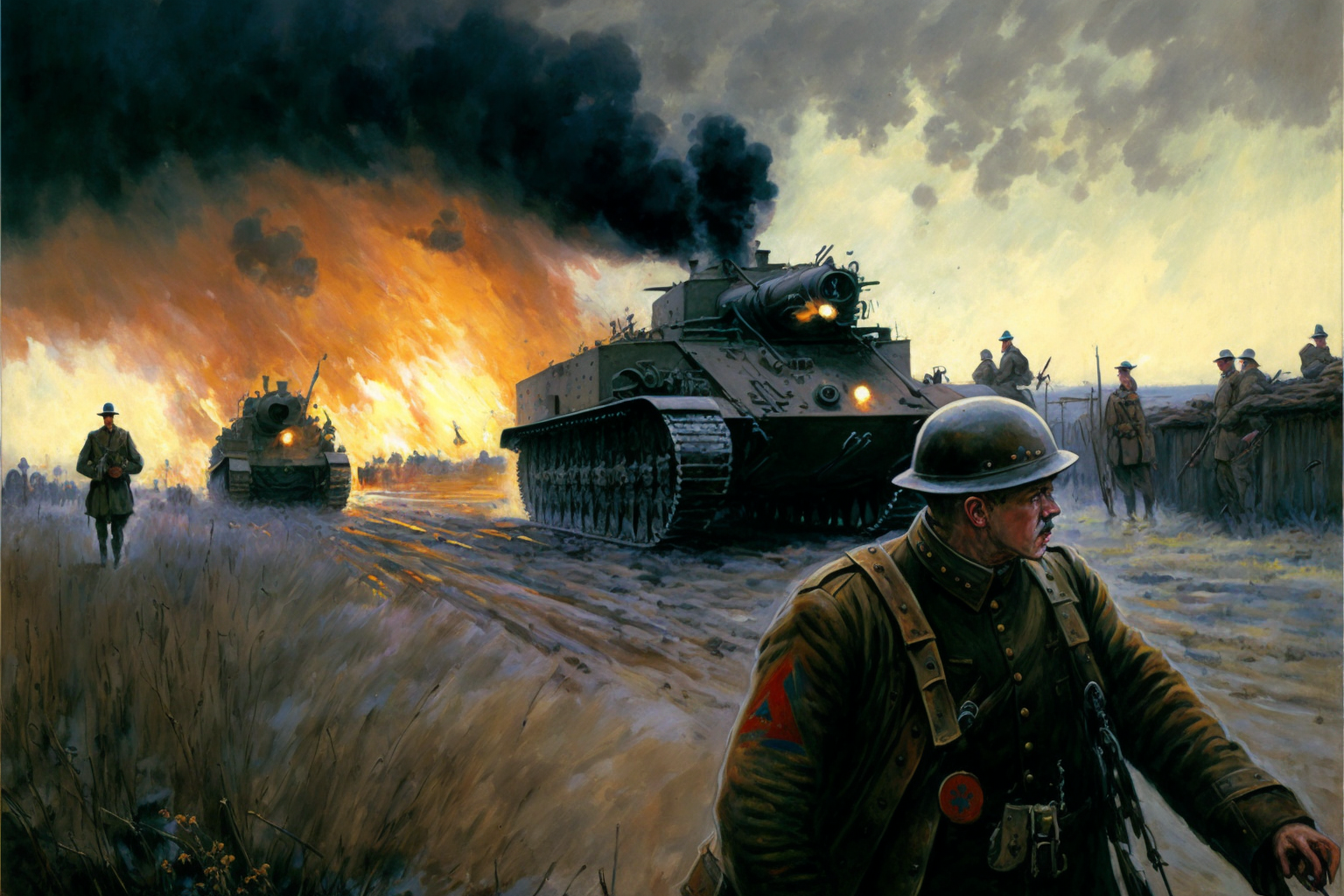
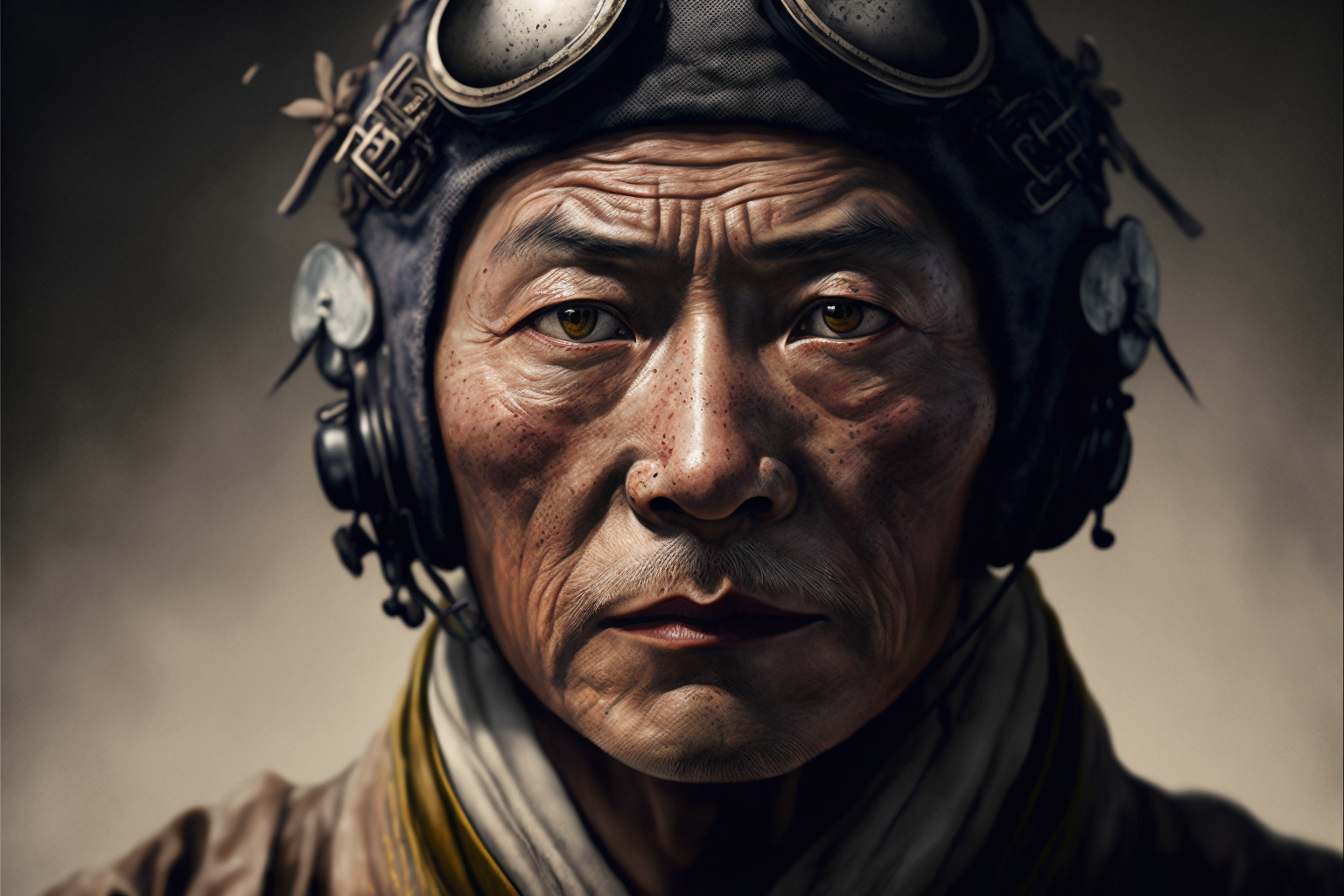

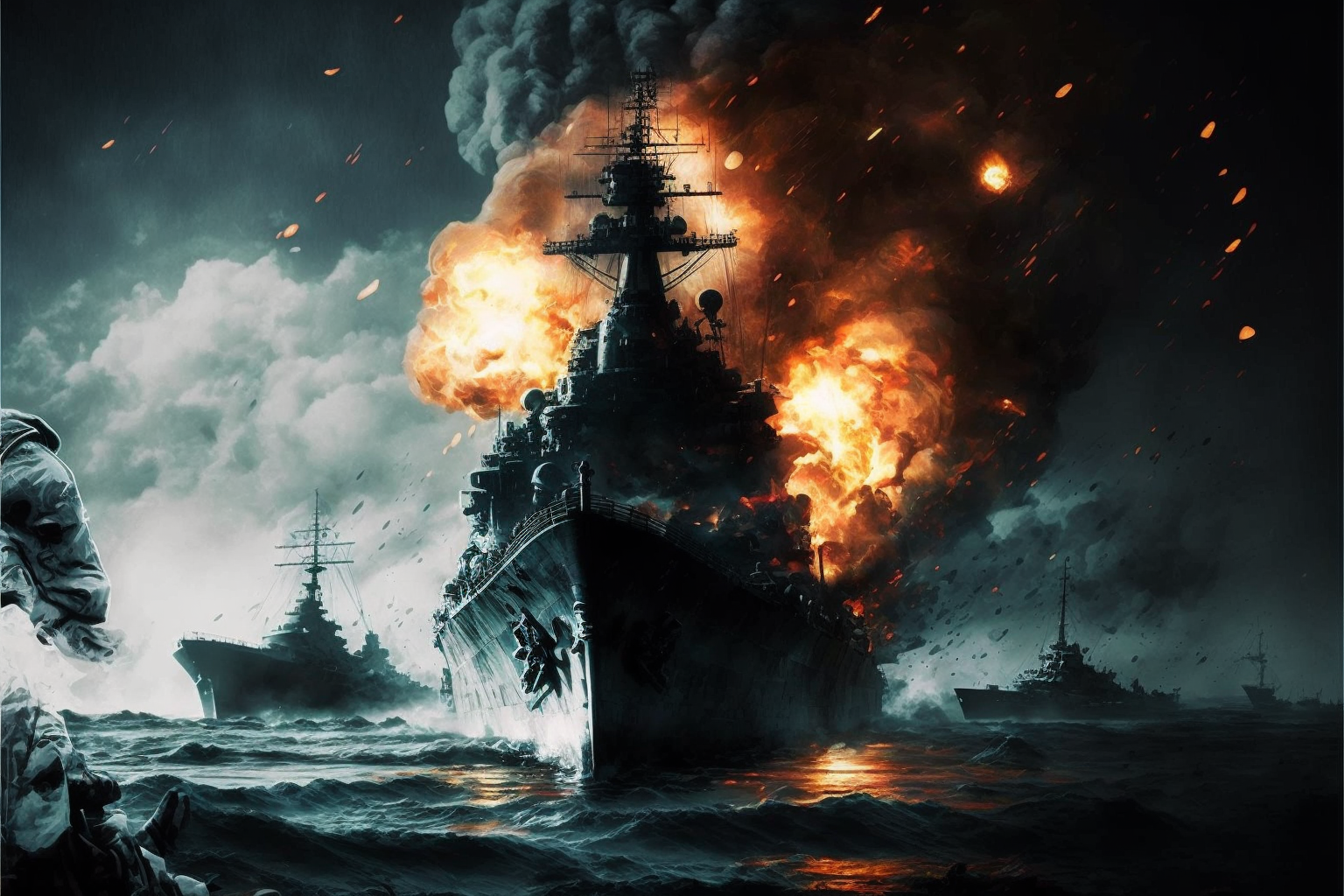
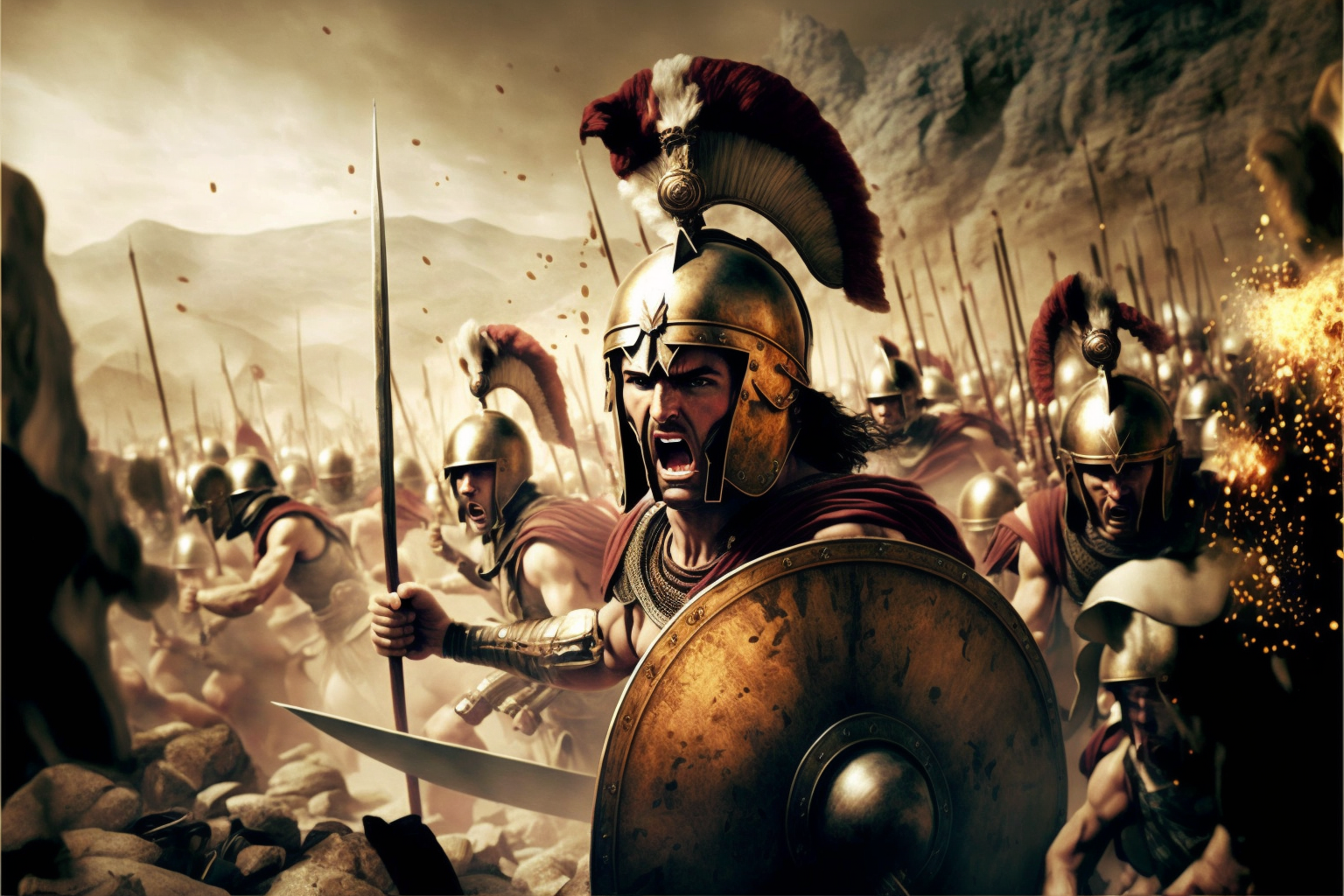

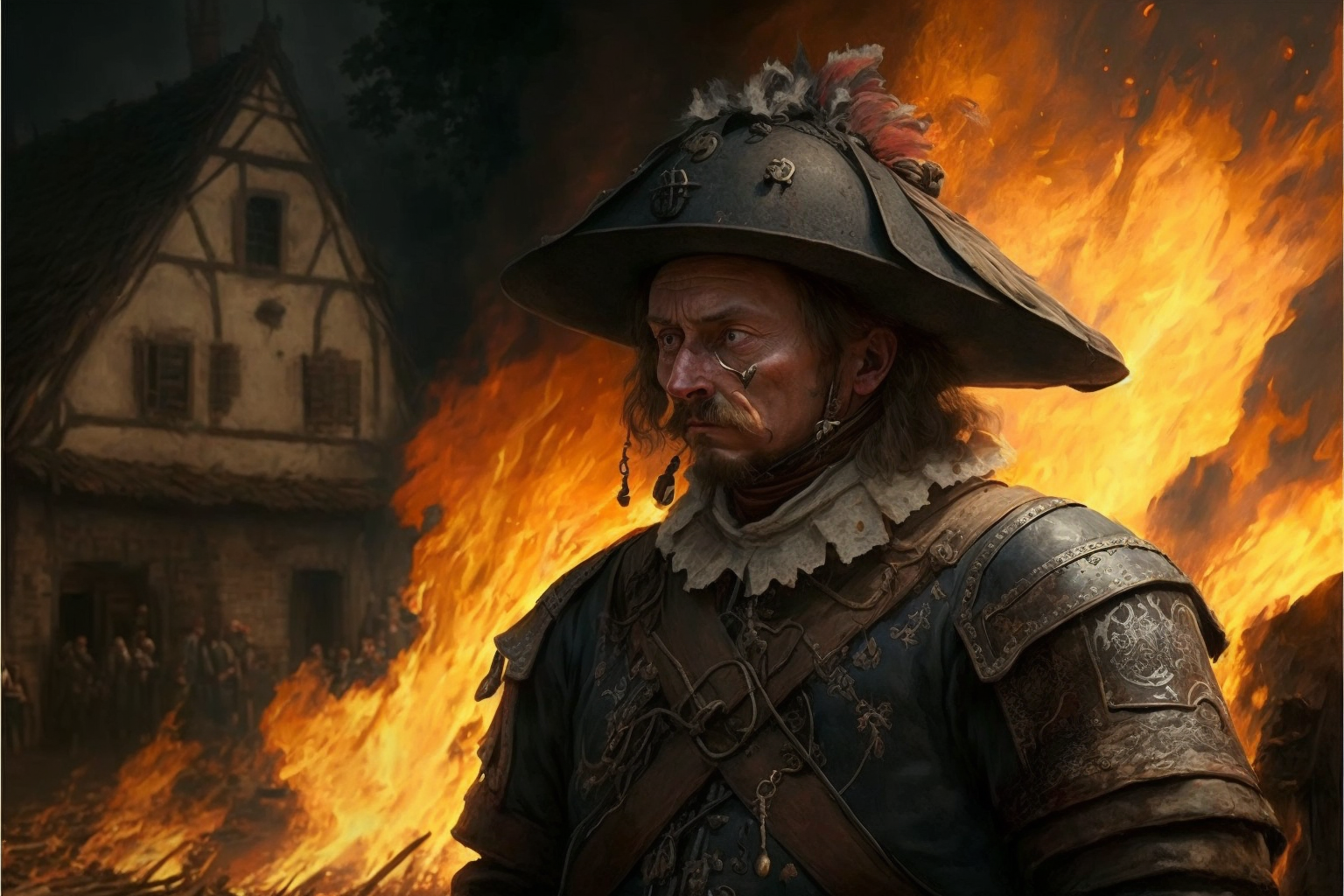
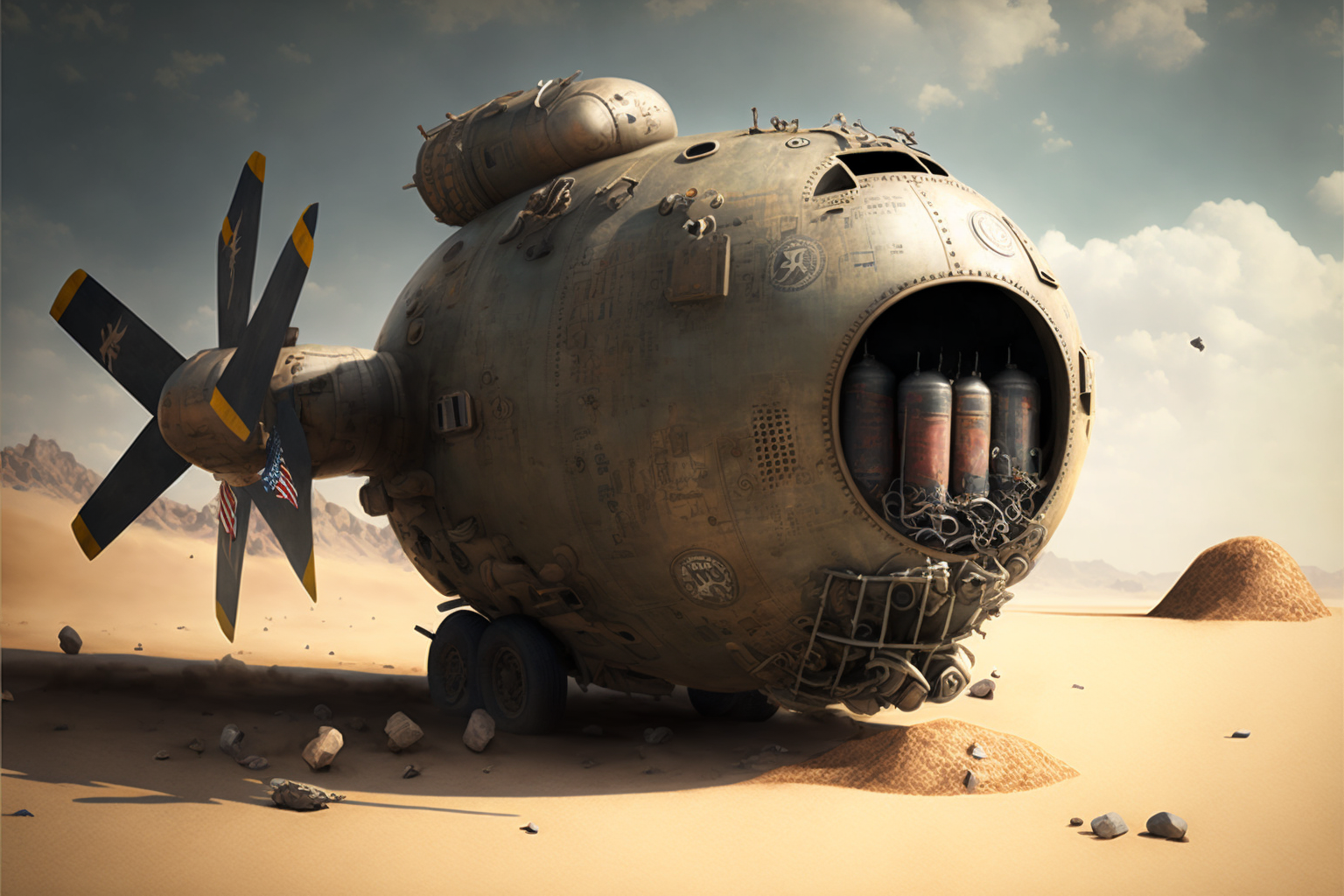
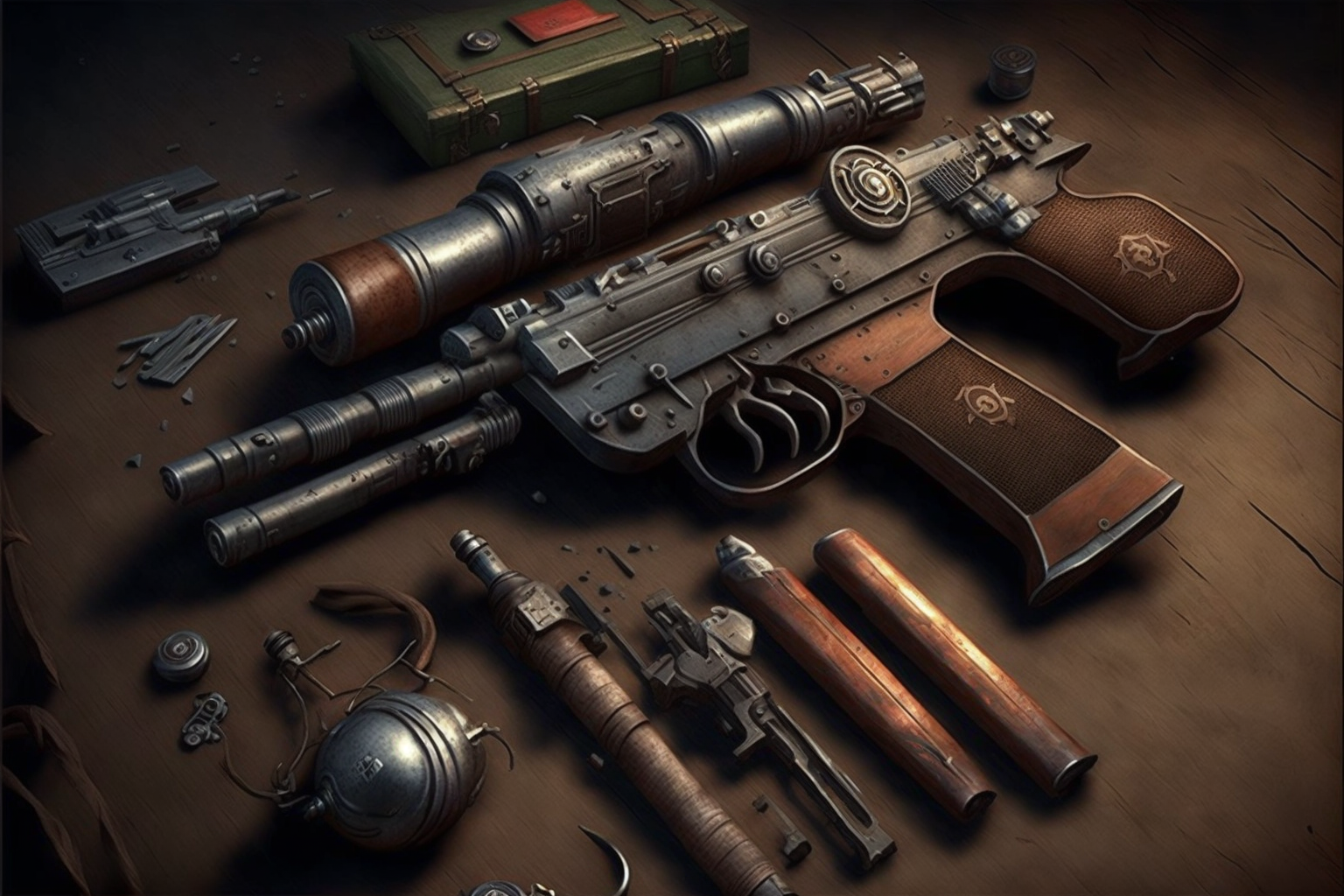
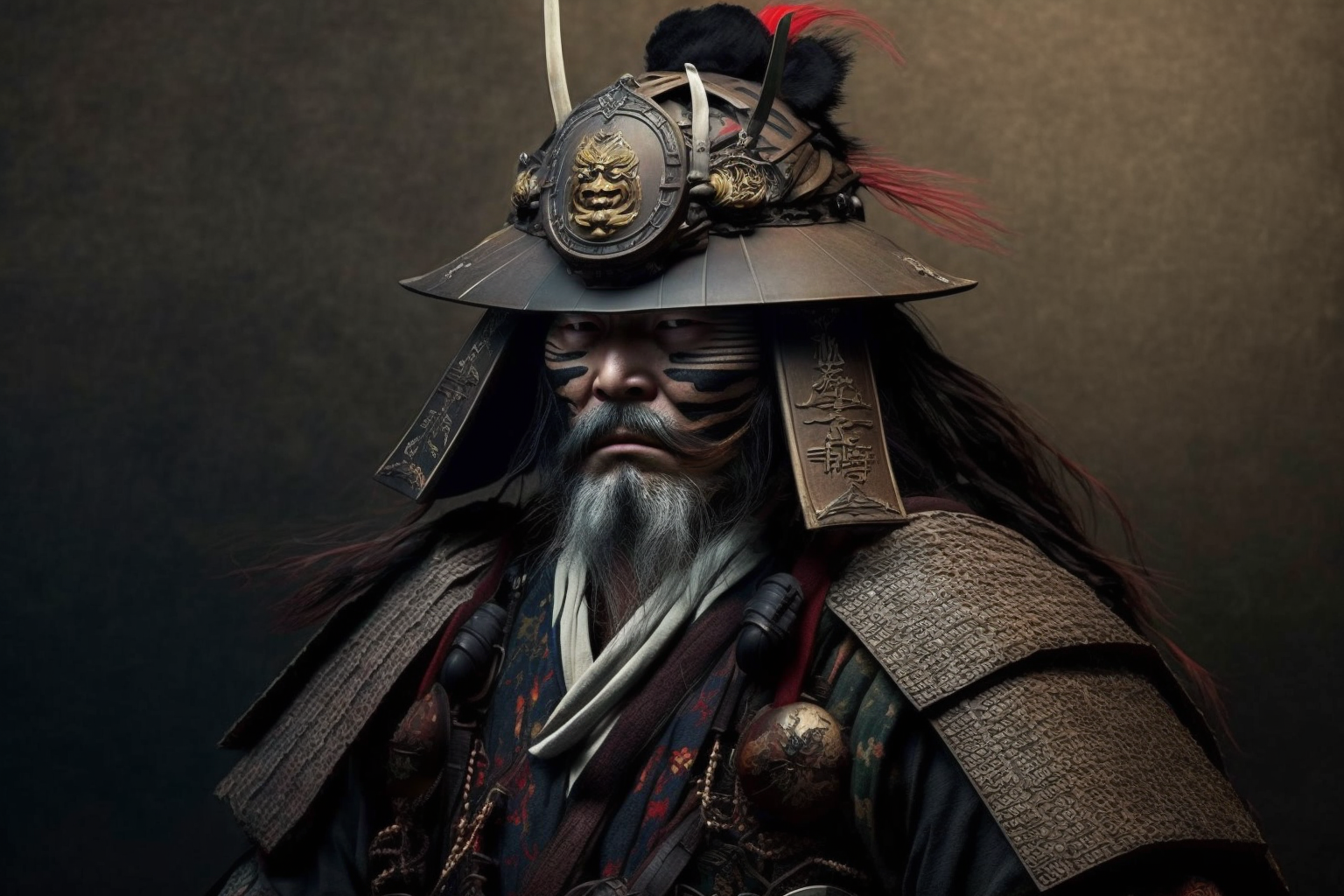
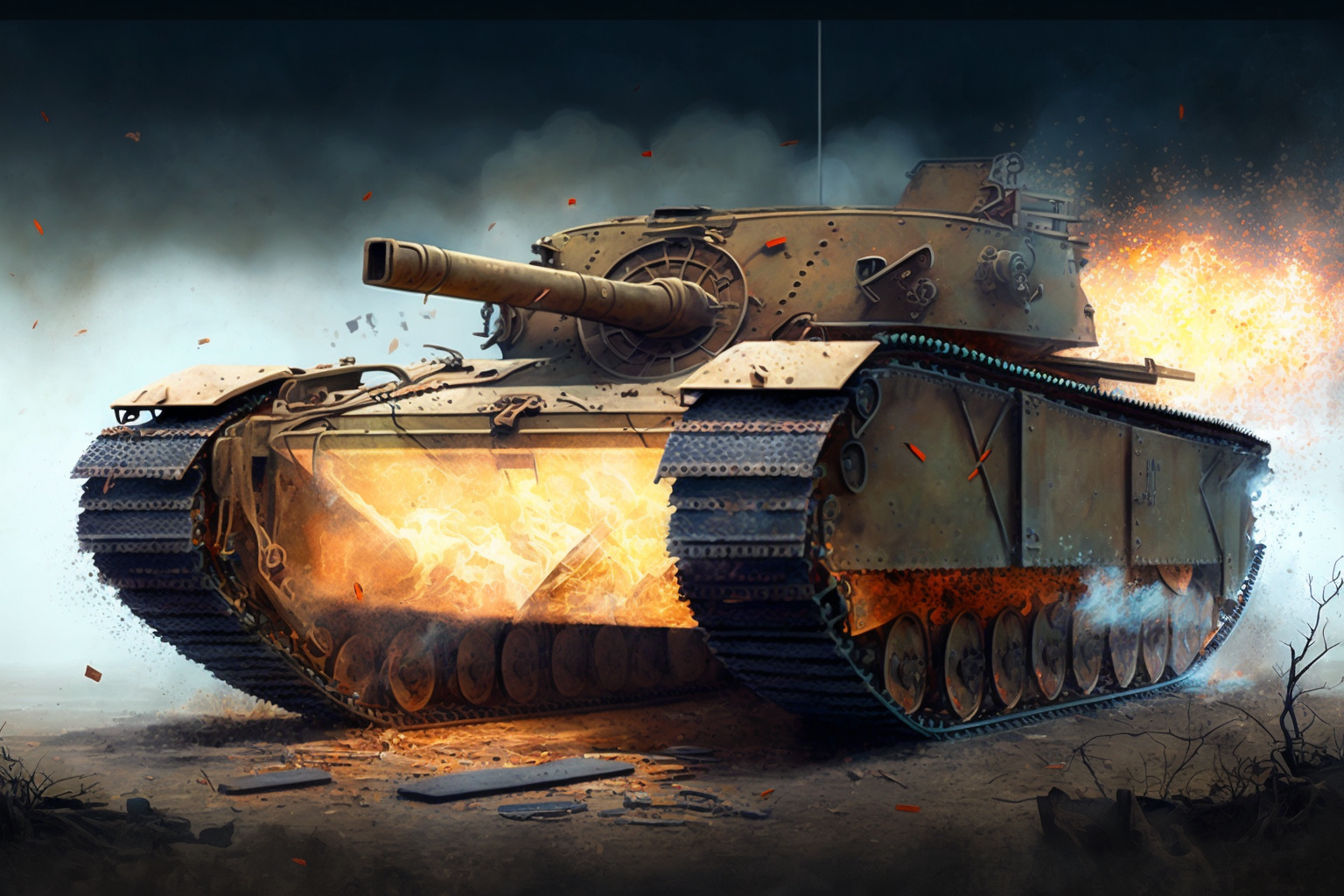
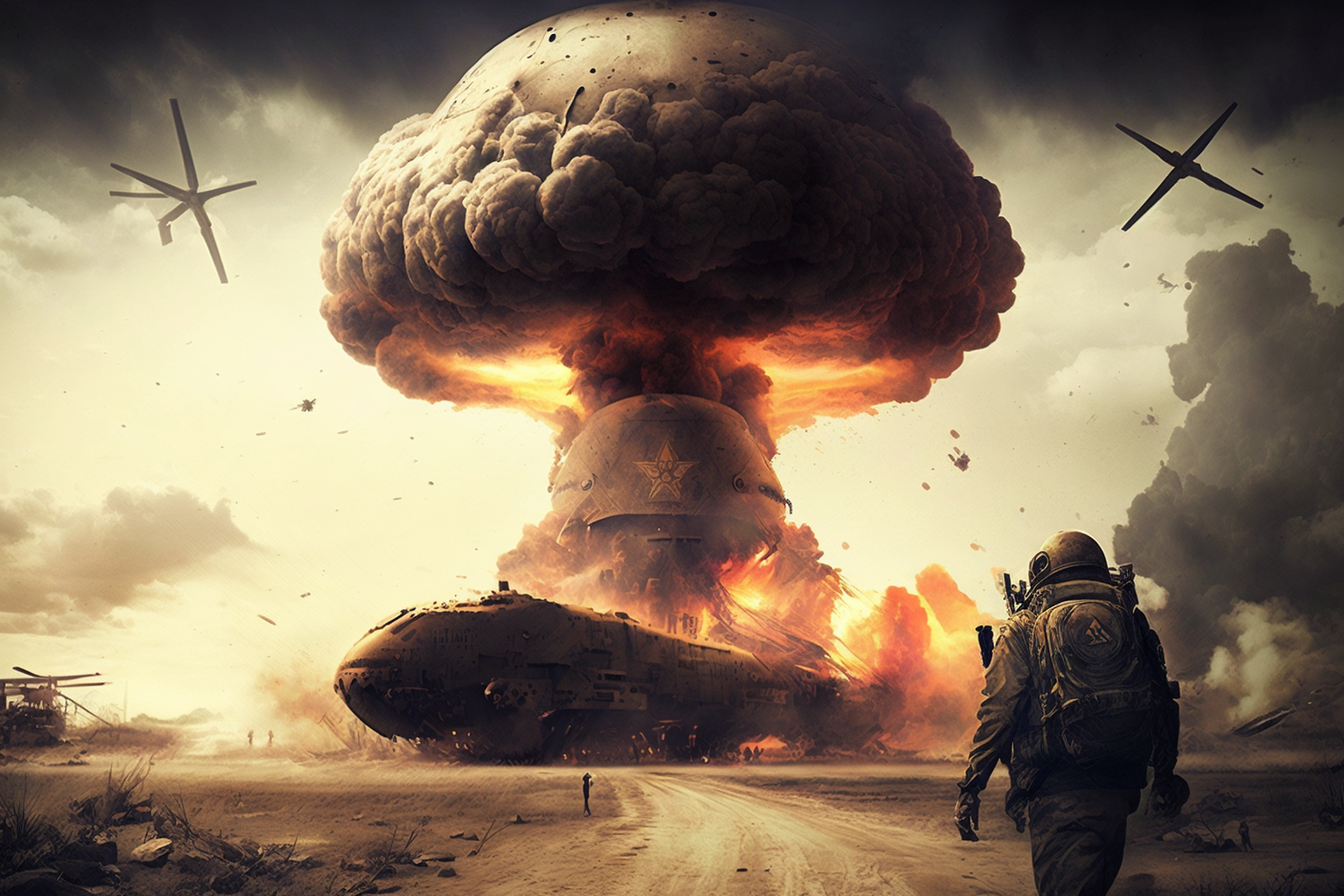
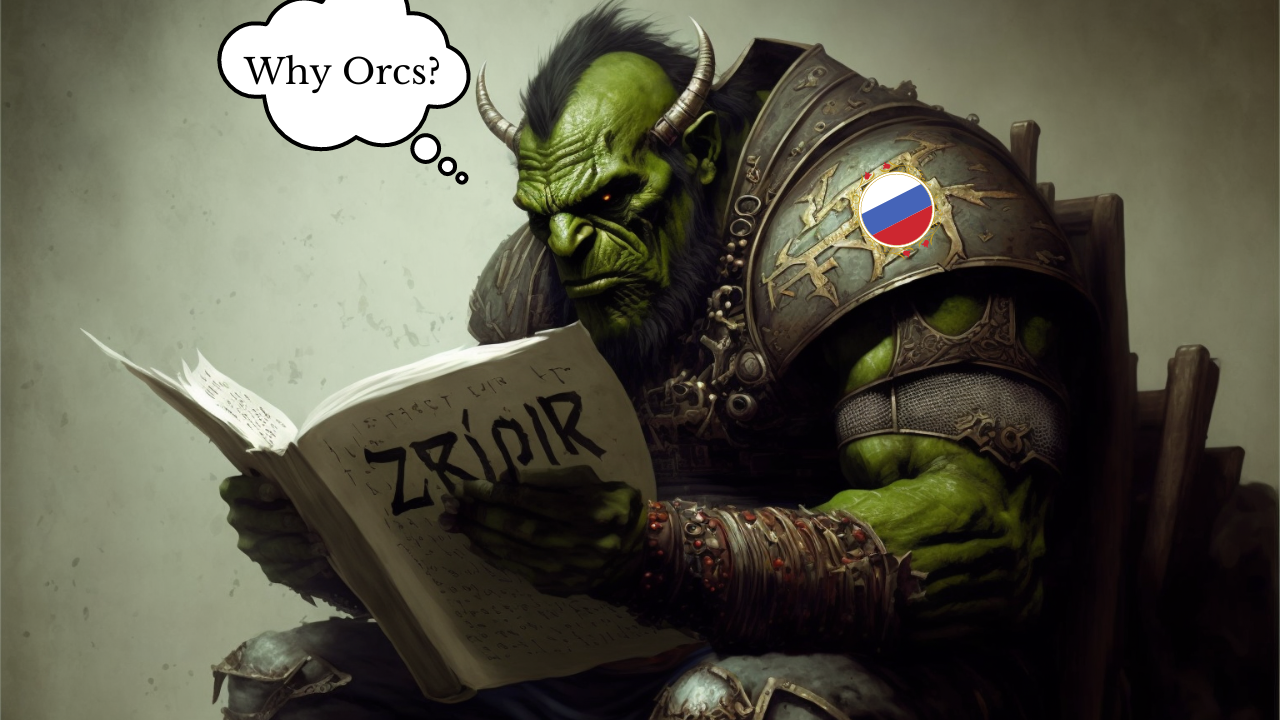
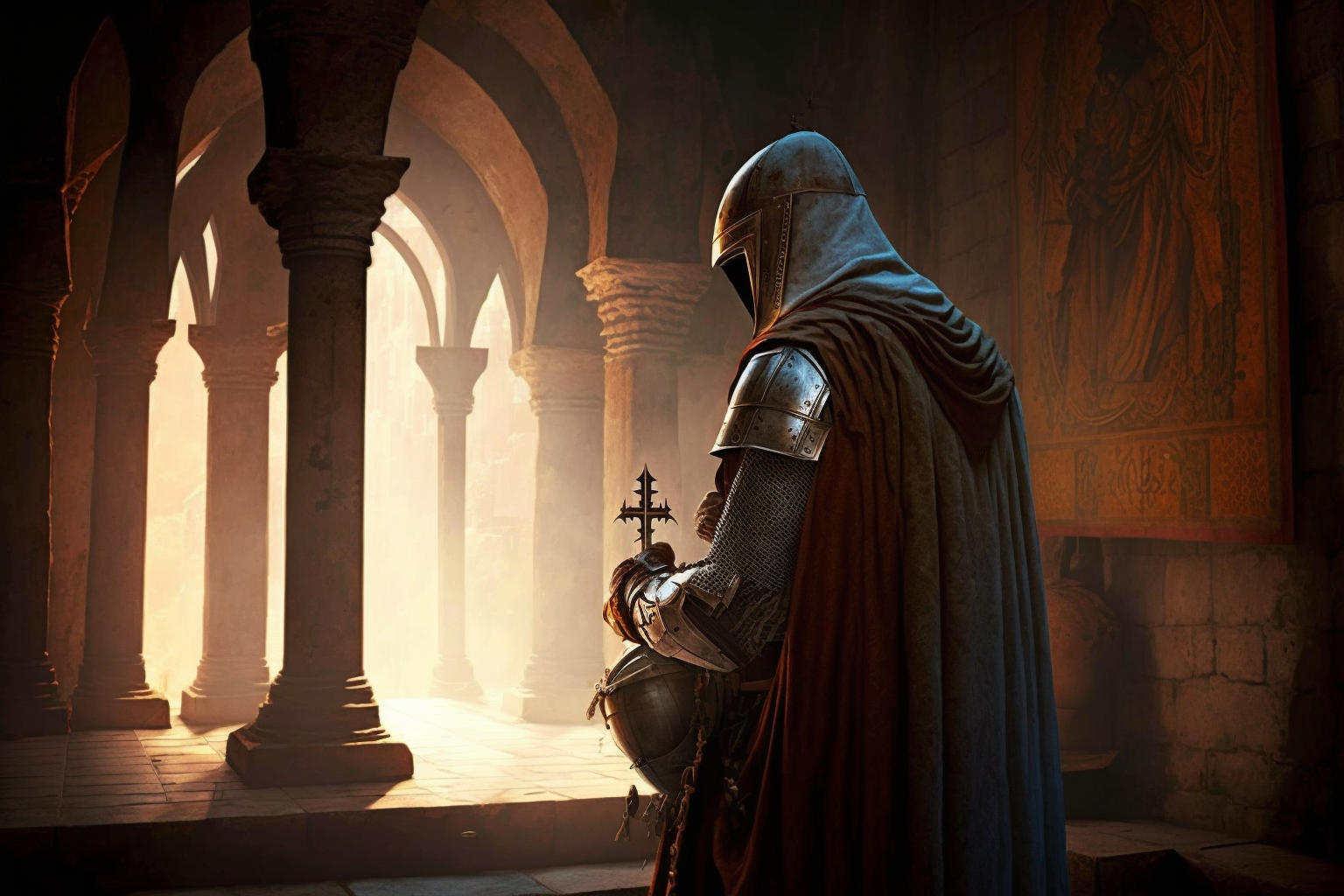
I totally agree with what you say, but I'd really like to hear more info about the topic honestly.
Thanks for such an awesome post. btw I love your video!
Love it. Thank you! Exactly what i was looking for...
Investigationes demonstraverunt lectores legere me lius quod ii legunt saepius. Claritas est etiam processus dynamicus, qui sequitur mutationem consuetudium lectorum.
Great work! Thank you!